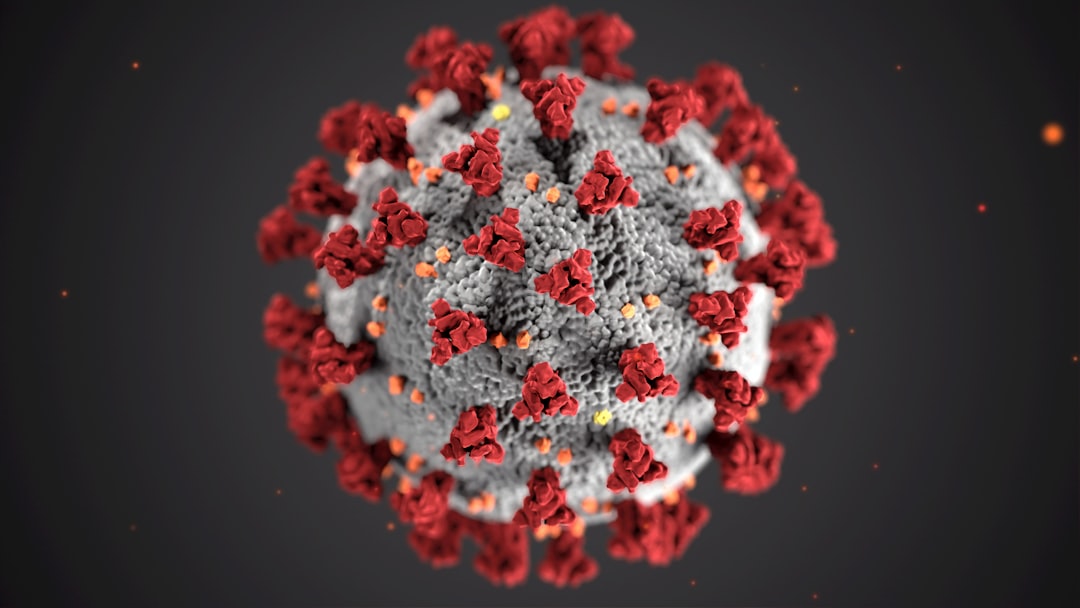What is it about?
Commonly, a polypoid or flat-elevated gallbladder tumor with a deep hypoechoic area suggests an adenocarcinoma invading the subserosa. However, the histopathology of this case indicated chronic cholecystitis: an inflammatory nodule consisting of dense inflammatory cell infiltrates and massive fibrosis beneath the epithelium of the Rokitansky-Aschoff sinus almost filled with secretions in the shallow subserosa.
Featured Image

Photo by James Wainscoat on Unsplash
Why is it important?
Although a polypoid gallbladder tumor with a deep hypoechoic area suggests an adenocarcinoma invading subserosa, accompanied by abundant fibrosis and lymphocytic infiltration, a particular benign protruded lesion may rarely show a deep hypoechoic area, corresponding to only massive fibrosis without an adenocarcinoma invading subserosa. Likewise, a flat-elevated gallbladder lesion with a deep hypoechoic area should be kept in mind to detect a T2 GBC. However, a specific benign flat-elevated lesion may rarely show similar ultrasound findings to T2 carcinoma as in this case.
Perspectives
Cautious full-thickness laparoscopic cholecystectomy and histopathological examination of the excised gallbladder should be carried out for the suspected “T2 GBC” lesions to avoid extensive operation.
Ph.D., M.D. Taketoshi Fujimoto
Iida Hospital
Read the Original
This page is a summary of: What condition does gallbladder tumor with a deep hypoechoic area suggest except
T2
carcinoma?, Journal of Clinical Ultrasound, September 2022, Wiley,
DOI: 10.1002/jcu.23328.
You can read the full text:
Contributors
The following have contributed to this page










